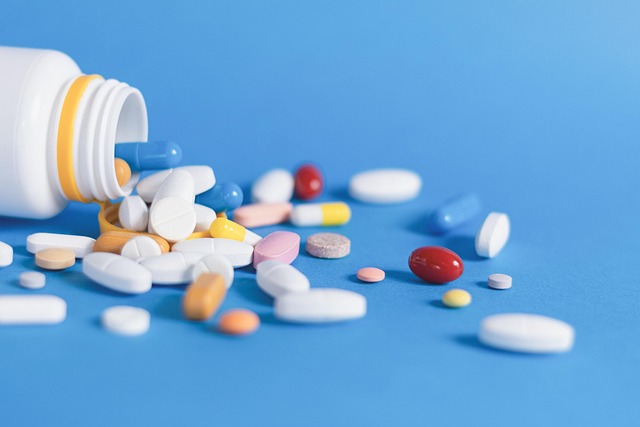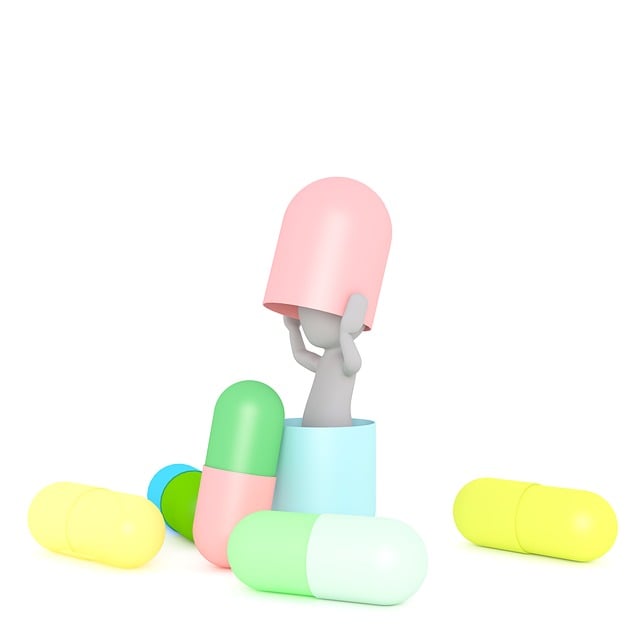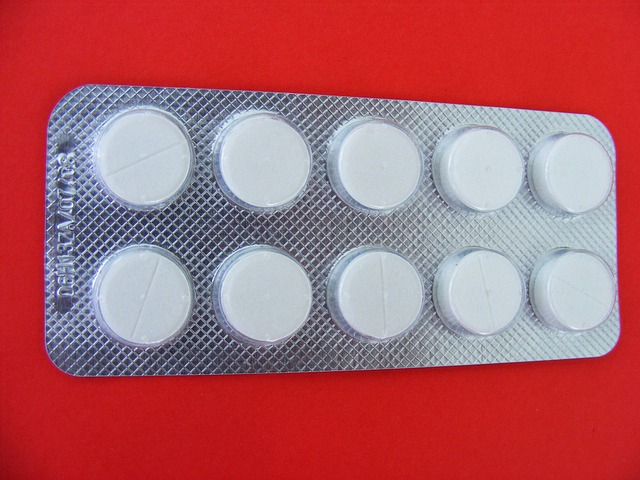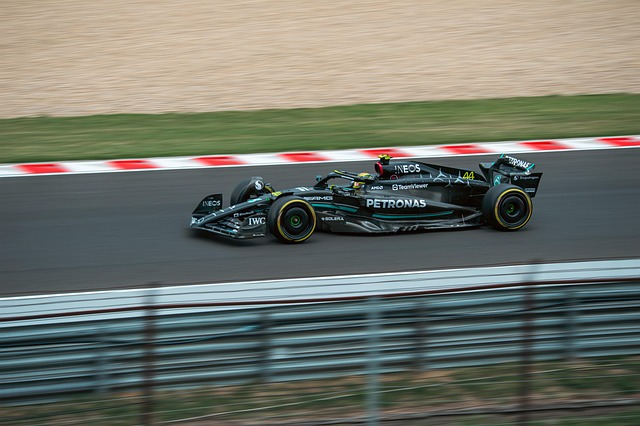GLP-1 drugs, mimicking natural hormone GLP-1, manage type 2 diabetes by stabilizing blood sugar and offering additional benefits like weight loss and reduced cardiovascular risk. The vibrant market includes key agonists like liraglutide, semaglutide, and exenatide, with generic versions intensifying competition and potentially lowering costs. Cost-effectiveness analysis considers direct medication expenses, indirect costs, and treatment duration, crucial for patients and healthcare systems. Patent protection, production costs, and R&D expenses drive pricing; access challenges require policy changes and patient assistance programs. Future innovations like improved delivery methods and longer-acting drugs aim to enhance cost-effectiveness and patient access.
“The rising cost of healthcare has made access to effective diabetes management a pressing concern. GLP-1 receptor agonists, a class of drugs known for their role in blood sugar control, offer a promising solution. This article delves into the cost-effectiveness of these innovative treatments. We explore the current market landscape of GLP-1 drugs, break down treatment costs, and analyze factors influencing pricing. By understanding these dynamics, patients and healthcare providers can navigate the affordability challenges associated with these life-changing GLP-1 therapies.”
Understanding GLP-1 Receptor Agonists: Their Role in Diabetes Management

GLP-1 receptor agonists, also known as GLP-1 drugs, are a class of medications designed to mimic the effects of the natural hormone glucagon-like peptide-1 (GLP-1). These drugs play a significant role in managing diabetes by promoting insulin secretion when blood glucose levels rise and reducing glucagon release, which helps lower blood sugar. By doing so, they not only improve glycemic control but also offer additional benefits such as weight loss and reduced cardiovascular risk.
The primary use of GLP-1 drugs is in the treatment of type 2 diabetes, where they have been shown to be effective in lowering HbA1c (average blood glucose levels over time) and providing a more stable blood sugar profile compared to other antidiabetic medications. Additionally, their ability to suppress appetite makes them attractive for weight management, further enhancing their cost-effectiveness by potentially reducing the burden of comorbid conditions associated with obesity.
The Current Landscape of GLP-1 Drugs: Market and Availability

The current landscape of GLP-1 drugs is characterized by a diverse range of agonists targeting the glucagon-like peptide-1 (GLP-1) receptor, all designed to improve glycemic control in individuals with type 2 diabetes. These medications have gained significant attention due to their dual benefits: effective blood sugar management and weight loss effects. In terms of market availability, several GLP-1 drugs are now widely prescribed globally, offering more options for healthcare professionals and patients alike.
The market is dominated by both brand-name and generic versions, with key players including liraglutide, semaglutide, and exenatide. Each drug has its unique selling points, such as once-weekly administration or higher efficacy levels. The availability of generics has driven competition, potentially lowering costs for patients while ensuring sustained access to these life-changing treatments.
Cost Breakdown: Analyzing the Expense of GLP-1 Therapy

The cost-effectiveness of GLP-1 receptor agonists, commonly known as GLP-1 drugs, is a critical aspect to consider when evaluating their role in diabetes management. Analyzing the expense of GLP-1 therapy involves breaking down the various costs associated with its administration. This includes the direct cost of the medication itself, which can vary based on brand and formulation, as well as indirect expenses such as healthcare provider fees, insurance co-pays, and potential side effect management.
Understanding these costs is essential for both patients and healthcare systems. GLP-1 drugs have shown promise in reducing blood sugar levels, offering a potentially cost-saving alternative to other diabetes treatments. However, the overall economic impact depends on factors like treatment duration, patient adherence, and the specific health system’s pricing structure. Therefore, a comprehensive analysis of the cost breakdown is crucial to determining the long-term financial implications and value of GLP-1 receptor agonist therapy.
Factors Influencing the Price of GLP-1 Receptor Agonists

The cost of GLP-1 receptor agonists, a class of drugs used to manage diabetes, is influenced by several key factors. One significant factor is patent protection. Many of these medications are still under patent, which allows manufacturers to set higher prices due to exclusive rights to produce and sell the drug. The duration and scope of patents can vary widely, affecting the overall cost of GLP-1 drugs in different regions.
Another critical aspect is production costs and research and development (R&D) expenses. Developing new medications is an intricate and expensive process involving extensive clinical trials and research. These costs are often built into the final price of the medication, contributing to higher prices for GLP-1 receptor agonists. Additionally, manufacturing processes and the complexity of the drug formulation can impact production costs, ultimately affecting the retail price of these diabetes treatments.
Access and Affordability: Exploring Patient Perspectives

Access and affordability are critical aspects when considering the cost-effectiveness of GLP-1 receptor agonists (GLP-1 drugs). Patient perspectives play a significant role in understanding how these medications are perceived and accessed within various healthcare systems. Many patients face challenges related to the out-of-pocket expenses associated with GLP-1 drug treatments, which can be substantial. This financial burden often deters individuals from initiating or continuing therapy, especially those without comprehensive insurance coverage.
Patient interviews and surveys reveal a desire for more affordable options and improved access to these life-changing medications. They highlight the importance of cost-sensitive decisions, where patients must balance the potential long-term benefits against immediate financial constraints. Additionally, patient advocates and healthcare providers are pushing for policy changes that could make GLP-1 drugs more accessible, ensuring better diabetes management and improved quality of life for those who need them most.
Alternative Options and Cost Savings Strategies

In addition to their therapeutic benefits, GLP-1 receptor agonists offer significant cost-saving opportunities in diabetes management. While these drugs, including liraglutide and semaglutide, have shown superior efficacy compared to traditional medications, alternative options can help reduce healthcare expenses. For instance, comparing different GLP-1 drug formulations and dosages may lead to more economical treatment plans without compromising patient outcomes. Furthermore, implementing cost-saving strategies such as generics, patient assistance programs, or value-based care models can make these therapies more accessible. Healthcare providers can play a crucial role in negotiating prices with pharmaceutical companies and exploring alternative funding sources, ultimately enhancing the affordability of GLP-1 drugs for a broader patient population.
Future Prospects: Innovations and Their Impact on Pricing

As the field of medicine continues to evolve, future prospects for GLP-1 receptor agonists look promising, with potential innovations that could significantly impact their cost-effectiveness. Researchers are exploring new delivery methods, such as advanced injection technologies and even oral formulations, which may streamline administration and reduce overall treatment costs. Additionally, ongoing studies focus on developing longer-acting GLP-1 drugs with less frequent dosing requirements, potentially lowering patient adherence barriers and healthcare expenses.
These innovations aim to enhance patient access and satisfaction while maintaining or improving the therapeutic benefits of GLP-1 drugs. By addressing current pricing concerns, future advancements could make these treatments more accessible to a broader population, revolutionizing diabetes management and improving overall health outcomes.
